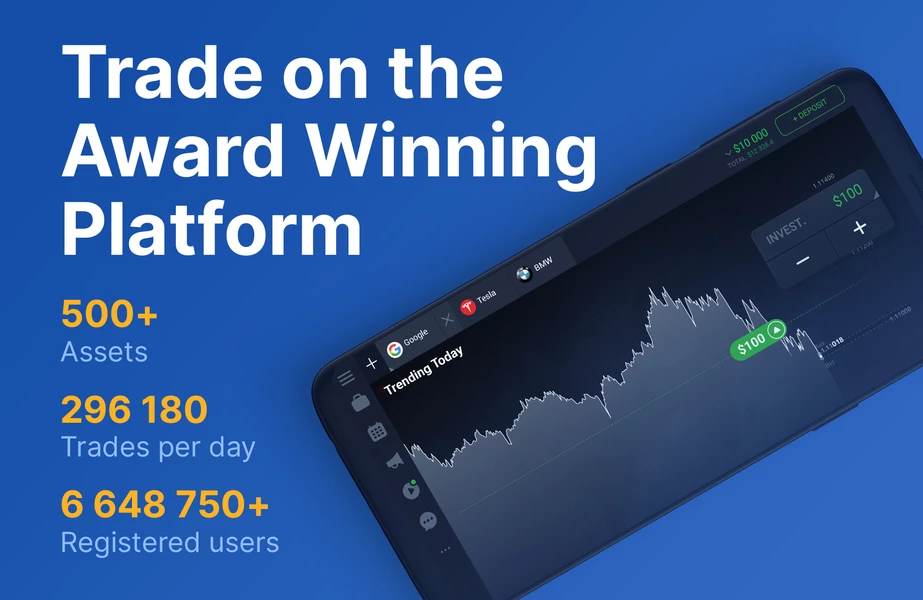What are S&P Mini Futures?
S&P Mini Futures are contracts traded on the Chicago Mercantile Exchange (CME) that track the performance of the S&P 500 stock index. Essentially, they allow traders to speculate on the future price movements of the S&P 500 index.
Why Trade S&P Mini Futures?
Trading S&P Mini Futures offers several advantages over other types of trading. Firstly, they offer a high degree of liquidity, meaning that traders can easily buy and sell contracts without affecting the market price. Secondly, they offer a high level of flexibility, as traders can take long or short positions depending on their market outlook. Finally, they offer a high degree of leverage, meaning that traders can control a large amount of capital with a relatively small amount of margin.
How to Trade S&P Mini Futures?
To trade S&P Mini Futures, you will need to open an account with a futures broker that is registered with the CME. Once you have opened an account, you will need to deposit funds into it to meet the margin requirements. After that, you can start trading by placing orders through the broker’s trading platform.
Understanding the Contract Specifications
Before trading S&P Mini Futures, it is important to understand the contract specifications. Each contract represents a notional value of $50 times the value of the S&P 500 index. The tick size is 0.25 index points, meaning that each tick is worth $12.50. The minimum price fluctuation is 0.1 index points, which means that the minimum price movement is $5.
Risk Management Strategies
Trading S&P Mini Futures involves a high degree of risk, and it is important to have a risk management strategy in place. One popular strategy is to use stop-loss orders, which automatically close out a position if it reaches a predetermined price level. Another strategy is to use position sizing, which involves limiting the size of each trade to a percentage of your account balance.
Technical Analysis Tools
Technical analysis tools can be used to help identify trading opportunities in the S&P Mini Futures market. Some popular tools include moving averages, trend lines, and oscillators. These tools can be used to identify support and resistance levels, as well as potential trend reversals.
Fundamental Analysis Factors
Fundamental analysis can also be used to help identify trading opportunities in the S&P Mini Futures market. Some important factors to consider include economic indicators, corporate earnings, and geopolitical events. These factors can all have a significant impact on the performance of the S&P 500 index, and therefore on the price of S&P Mini Futures contracts.
Trading Strategies
There are many different trading strategies that can be used when trading S&P Mini Futures. Some popular strategies include trend following, mean reversion, and breakout trading. It is important to choose a strategy that aligns with your trading style and risk tolerance.
Trading Psychology
Trading psychology is an often overlooked aspect of trading, but it is critical to success. Traders must be able to control their emotions and stick to their trading plan, even when faced with losses or unexpected market movements. It is important to have a disciplined approach to trading and to manage your emotions effectively.
The Role of Discipline in Trading
Discipline is key to success in trading. Traders must be able to follow their trading plan consistently, and avoid making impulsive decisions based on emotions or market noise. It is important to have a clear set of rules for entering and exiting trades, and to stick to these rules regardless of the outcome.
The Importance of Risk/Reward Ratio
The risk/reward ratio is an important concept in trading. It refers to the amount of risk you are willing to take on in relation to the potential reward. A good risk/reward ratio is typically around 1:2 or 1:3, meaning that for every dollar you risk, you stand to make two or three dollars in profit. It is important to have a positive risk/reward ratio in order to be profitable over the long term.
The Role of Patience in Trading
Patience is important in trading, as it can take time for trading opportunities to present themselves. Traders must be willing to wait for the right setup before entering a trade, and avoid jumping into positions based on impulsive decisions or FOMO (fear of missing out).
The Importance of Continuous Learning
Finally, continuous learning is critical to success in trading. Traders must be willing to constantly improve their knowledge and skills, and adapt to changing market conditions. Reading trading books, attending webinars and seminars, and following experienced traders on social media are all great ways to continue learning and improving your trading performance.
Conclusion
Trading S&P Mini Futures can be a lucrative and exciting way to participate in the financial markets. By understanding the contract specifications, implementing risk management strategies, using technical and fundamental analysis tools, and developing a disciplined approach to trading, traders can increase their chances of success over the long term.

